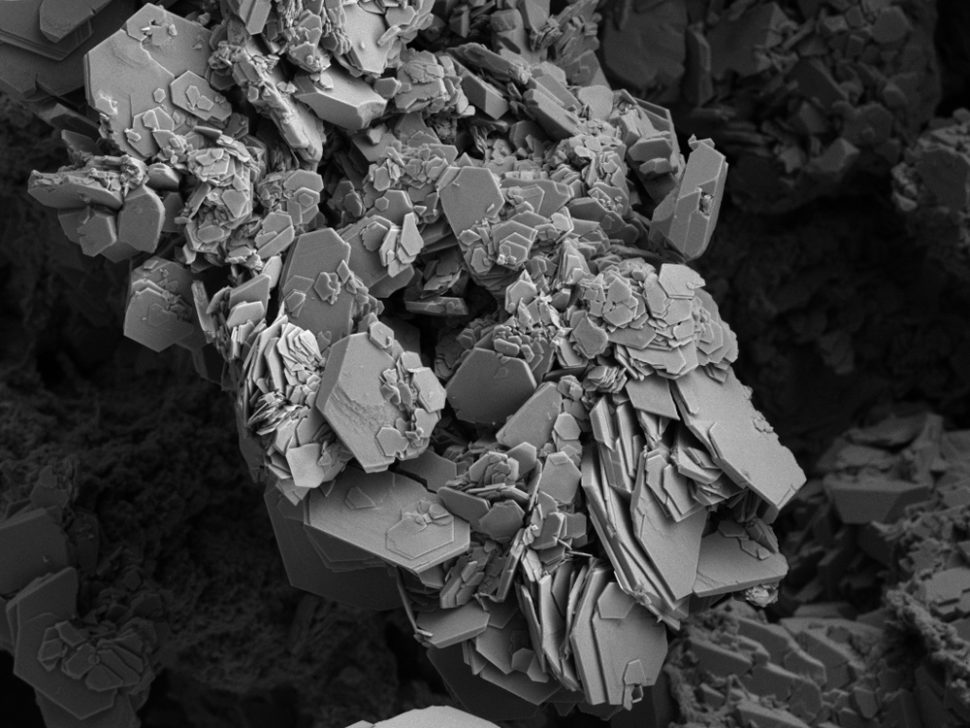Shape memory alloys are best known for their exceptional properties of superelasticity and the capability to remember their initial shape.
However, despite shape memory alloy’s many potential commercial applications, it remains underutilized. Scientists still struggle to understand how this advanced material remembers or changes its shape.
But, three recent studies conducted by researchers from the Colorado School of Mines will reportedly shed some light into this alloy’s complex internal microstructures.
“Discovered over 70 years ago, the promise of shape memory alloys (SMAs) has led to over 10,000 patents in the U.S. and 20,000 worldwide. However, that promise has not been matched by its technological impact — only a limited number of these 20,000 SMA patents have been realized as commercially viable products,” Ashley Bucsek, the lead author of the studies to be published in the journals Acta Crystallographica, Journal of the Mechanics and Physics of Solids, and Scripta Materialia, said.
Understanding the Shape Memory Alloy
According to Bucsek, the gap between the development of a shape memory alloy and its implementation is similar to the problem encountered by scientists with other advanced materials.
Currently, researchers use traditional microscopy techniques that are not effective in SMAs as their micromechanisms are mostly “3D, out-of-plane, and sensitive to internal constraints.”
To bridge the gap, Bucsek and her team conduct their experiments using some of the world’s most powerful 3D microscopes located at the Cornell High Energy Synchrotron Source (CHESS) at Cornell University.
The team used near-field and far-field high-energy diffraction microscopy to visualize the interior microstructure of nickel-titanium, one of the most common shape memory alloys, in 3D.
“Using this approach, we found that martensite microstructures within SMAs strongly violated the predictions of the maximum transformation work criterion, showing that the application of the widely accepted maximum transformation work criterion needs to be modified for cases where SMAs may have engineering-grade microstructure features and defects,” Bucsek said.
The team’s second experiment tackled the reversible deformation mechanisms of SMAs that allow them to accommodate deformations without getting damaged. The last test targeted the phenomenon wherein unique high-angle grain boundaries emerged within austenite grains as SMAs undergo heat- or cold-induced actuation.
Bucsek and her team’s experiments reportedly revealed the significance of utilizing 3D techniques in studying the structure of advanced materials.
“The biggest hindrance to adopting new materials, like most technologies, is fear of the unknown. Such understanding will undoubtedly lead to wider acceptance and application of these miraculous materials, as it improves our confidence in developing means to certify and qualify them,” Aaron Stebner, co-author of the studies, said.













Comments (0)
Most Recent